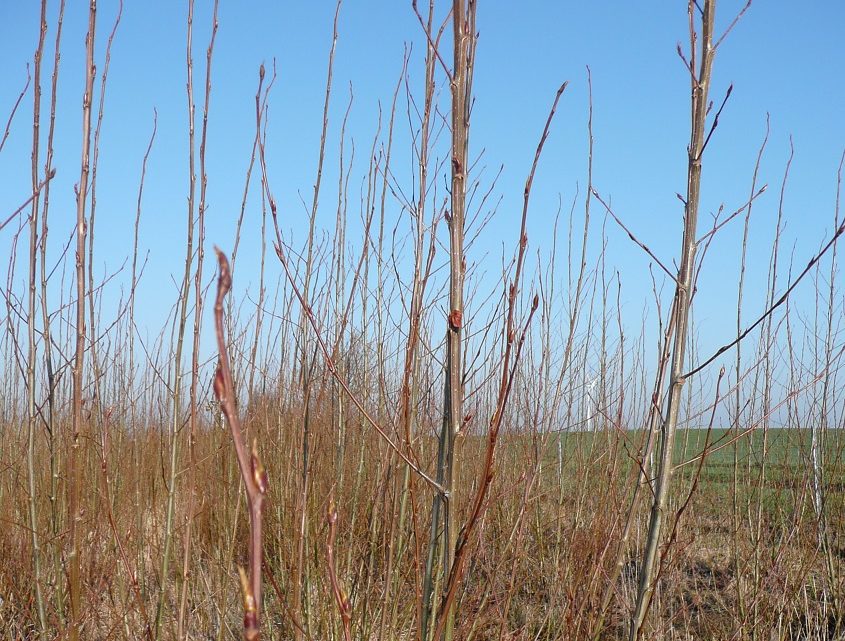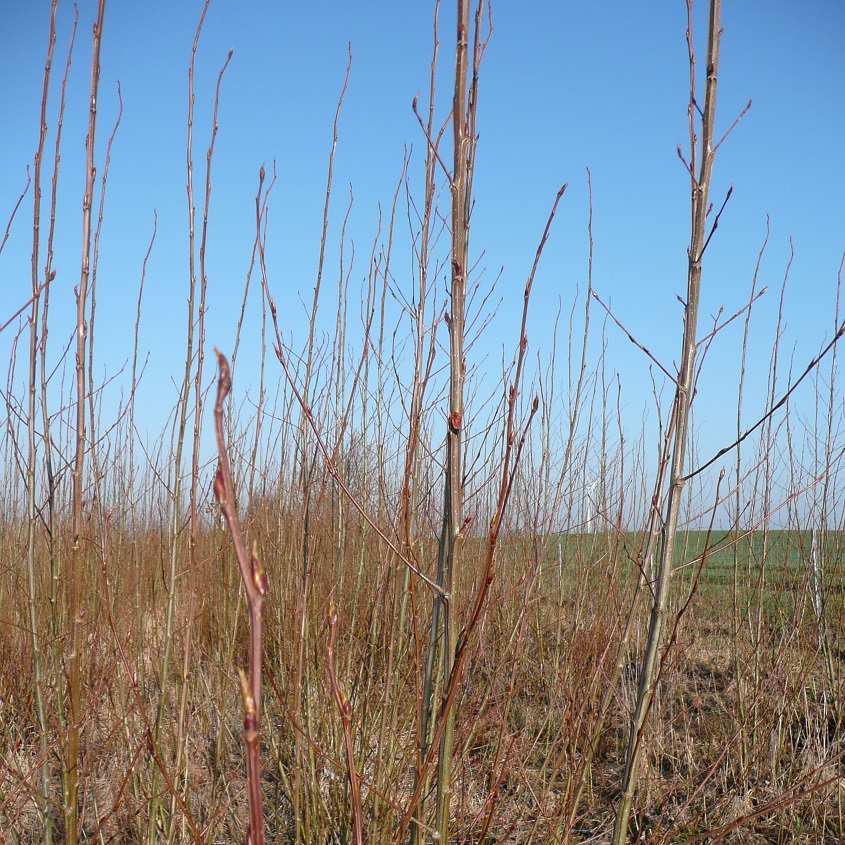
Conversion of arable land into grassland/ deciduous forest or short rotation plantations
Heavy rain risk can significantly be reduced by converting farmland into grassland/deciduous forests or short rotation plantations. The measure increases the surface roughness constantly (effect: reduction of flow velocities) and decreases soil erosion (effect: reduction of mud deposition). The measure is well-suited for steep slopes with light soils, for runoff-pathways, for fields prone to flooding, and for drained areas near water courses.
Check out the RAINMAN good practice examples:
READ MORE:
- Office International de l’Eau (2015): Natural Water Retention Measures, URL: http://nwrm.eu (19.03.2020): land use conversion
- Amt der Oberösterreichischen Landesregierung (2015): Hangwassermanagement Maßnahmenkatalog [management of pluvial floods catalogue of measures] (unpublished brochure, online version accessible at URL: https://www.land-oberoesterreich.gv.at/222593.htm): Grünlandschaffung
- Norbert Billern, André Assmann, Jessica Kempf, Heike Puhlmann (2018): Land-und forstwirtschaftliche Maßnahmen zur Stärkung des Wasser-und Bodenrückhalts in Kommunen, URL: https://www.researchgate.net/publication/324797743_Land-und_forstwirtschaftliche_Massnahmen_zur_Starkung_des_Wasser-und_Bodenruckhalts_in_Kommunen (19.03.2020): Begrünung/Brache
- Kovar, P., Vassova, D. (2010). Impact of arable land to grassland conversion on the vegetation-period water balance of a small agricultural catchment (Nemcicky Stream). Soil and Water Res 5 (4): 128-138.
Saxon State Office for Environment, Agriculture and Geology


